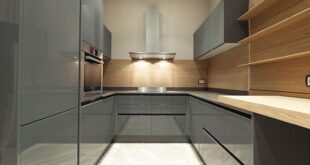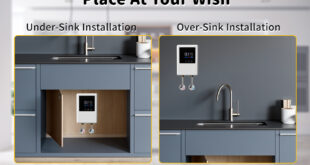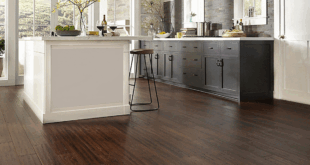The Allure of Built-In Microwave Cabinetry
Integrating appliances seamlessly into your kitchen design is a hallmark of sophisticated style. Among the most popular choices for built-in integration is the microwave. Built-in microwave cabinetry offers a clean, streamlined aesthetic that elevates the overall look of your kitchen, transforming it from a functional space into a stylish and efficient hub. This comprehensive guide will delve into the world of built-in microwave cabinetry, covering design considerations, installation processes, maintenance tips, and everything in between.
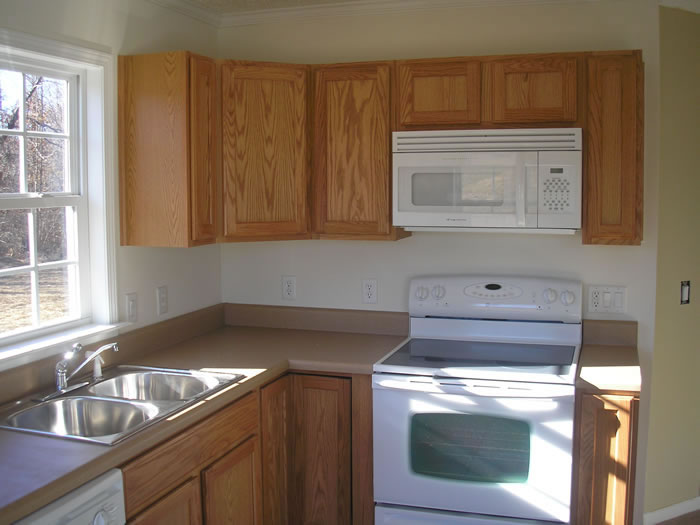
Choosing the Right Built-In Microwave: Size and Features
Before embarking on your built-in microwave journey, careful consideration of size and features is paramount. Microwave ovens come in a variety of sizes, ranging from compact models perfect for smaller kitchens to larger, more powerful units suitable for larger households. Measure your available cabinet space precisely to ensure a perfect fit. Overlooking this step can lead to frustrating installation challenges.

Size Matters:
- Over-the-range microwaves: These are the most common type of built-in microwave, designed to be installed above a range or cooktop. They typically range from 1.7 cubic feet to 2.2 cubic feet.
- Drawer microwaves: These space-saving marvels slide out from a cabinet, providing convenient access and a sleek, concealed look when not in use. Sizes vary but generally offer similar capacity to over-the-range models.
- Cabinet microwaves: These are built into a cabinet, often as part of a larger appliance suite. They offer the most flexibility in terms of size and placement.
Essential Features to Consider:
- Wattage: Higher wattage generally equates to faster cooking times.
- Sensor cooking: This convenient feature automatically adjusts cooking time and power based on the food’s moisture content.
- Turntable vs. Non-Turntable: Non-turntable microwaves are becoming increasingly popular, offering better space utilization.
- Pre-programmed settings: Pre-set options for common cooking tasks like reheating and defrosting can streamline the cooking process.
- Convection cooking: Some built-in microwaves offer convection capabilities, allowing for more even and efficient cooking.
Design Considerations for Built-In Microwave Installation
The aesthetic appeal of your kitchen is significantly impacted by the design choices you make for your built-in microwave cabinetry. Harmonizing the microwave with your existing cabinetry and overall kitchen style is crucial. Consider the following:
Cabinetry Style:
Your choice of cabinetry style will influence the look and feel of your built-in microwave installation. Whether your kitchen boasts sleek modern cabinets or traditional wooden cabinetry, selecting a microwave that complements the existing style is key. Consider the color, material (wood, laminate, etc.), and overall design of your existing cabinets.
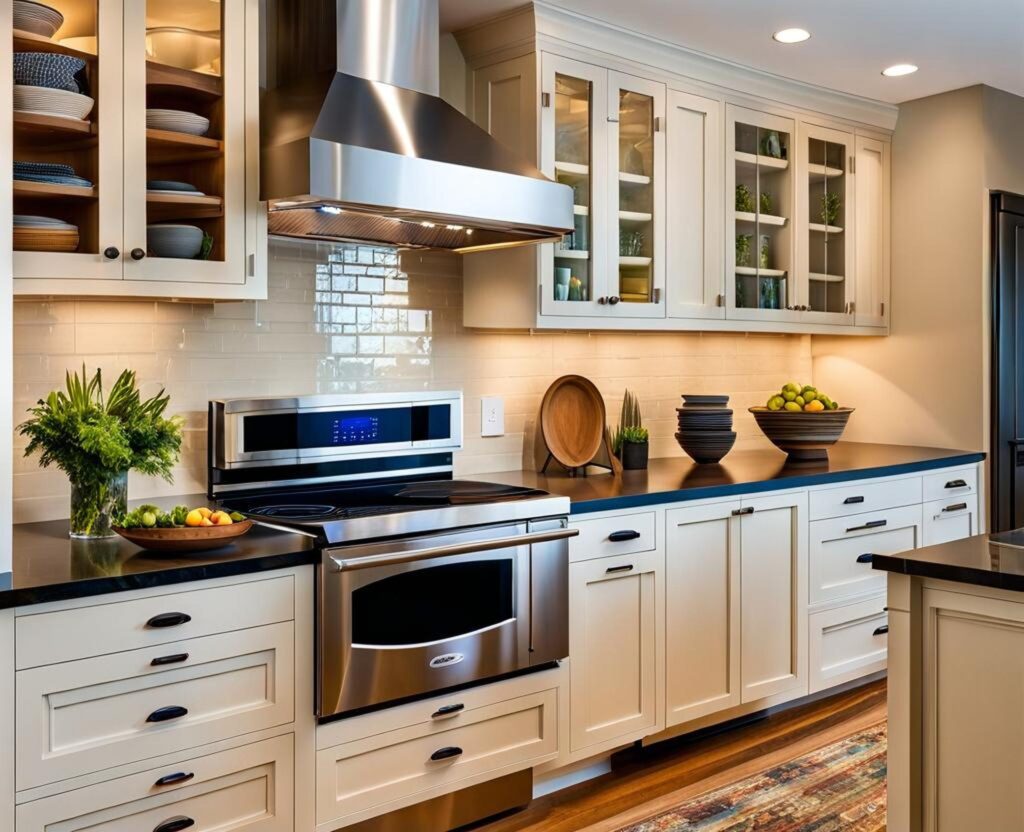
Ventilation:
Adequate ventilation is essential for both safety and longevity. Ensure that the microwave has sufficient clearance above and around it to allow for proper airflow and prevent overheating. Consult the manufacturer’s instructions for recommended ventilation requirements.
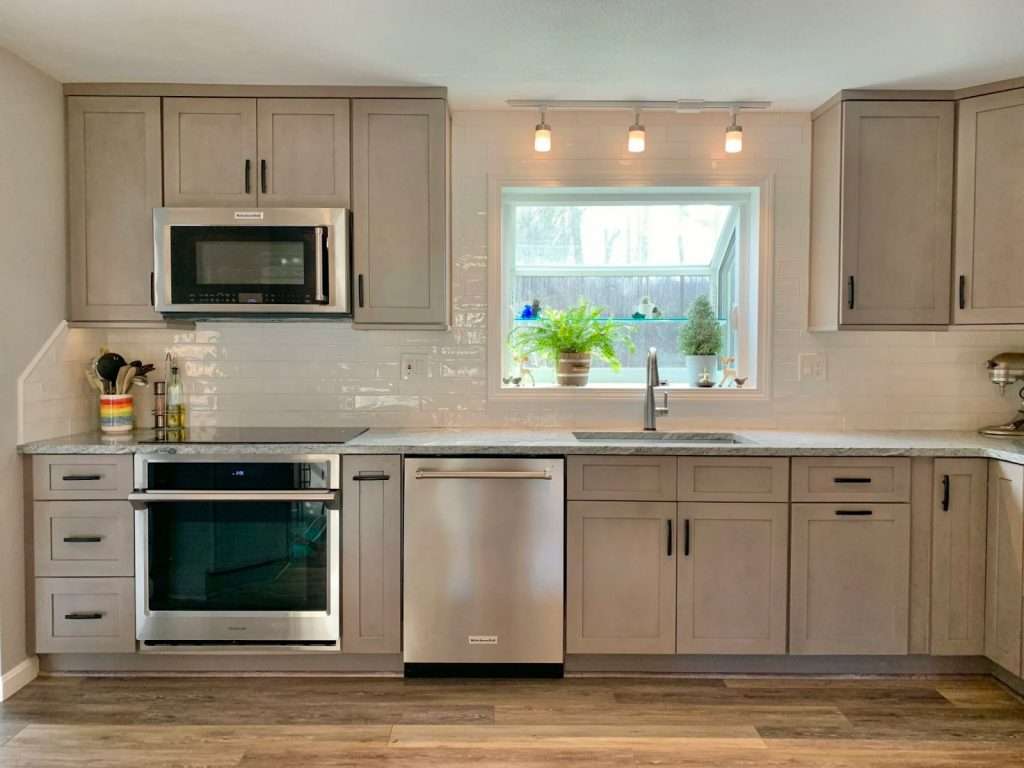
Accessibility:
Consider the placement of your microwave to ensure easy access and usability. If you have mobility limitations, choosing a location that is comfortable and convenient to reach is important. For example, drawer microwaves are ideal for those with limited upper body mobility.
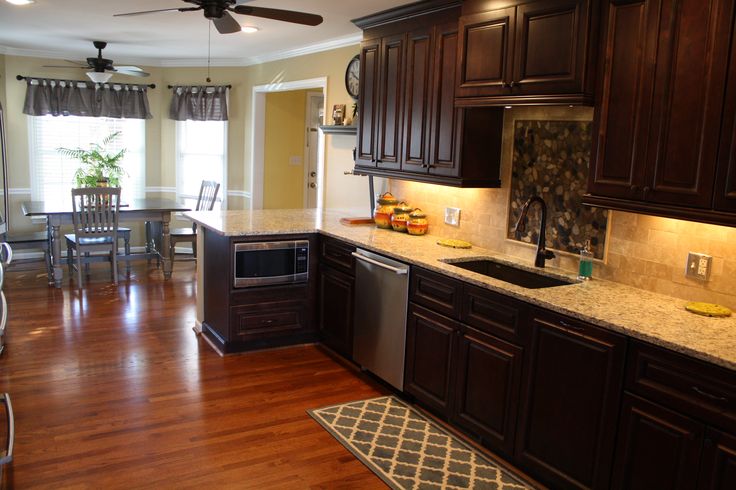
Installation Process: A Step-by-Step Guide
Installing a built-in microwave requires careful planning and execution. While some homeowners may feel comfortable undertaking this task, it’s always best to consult a qualified professional, particularly if you lack experience in electrical work or cabinetry. Improper installation can lead to safety hazards and void warranties.
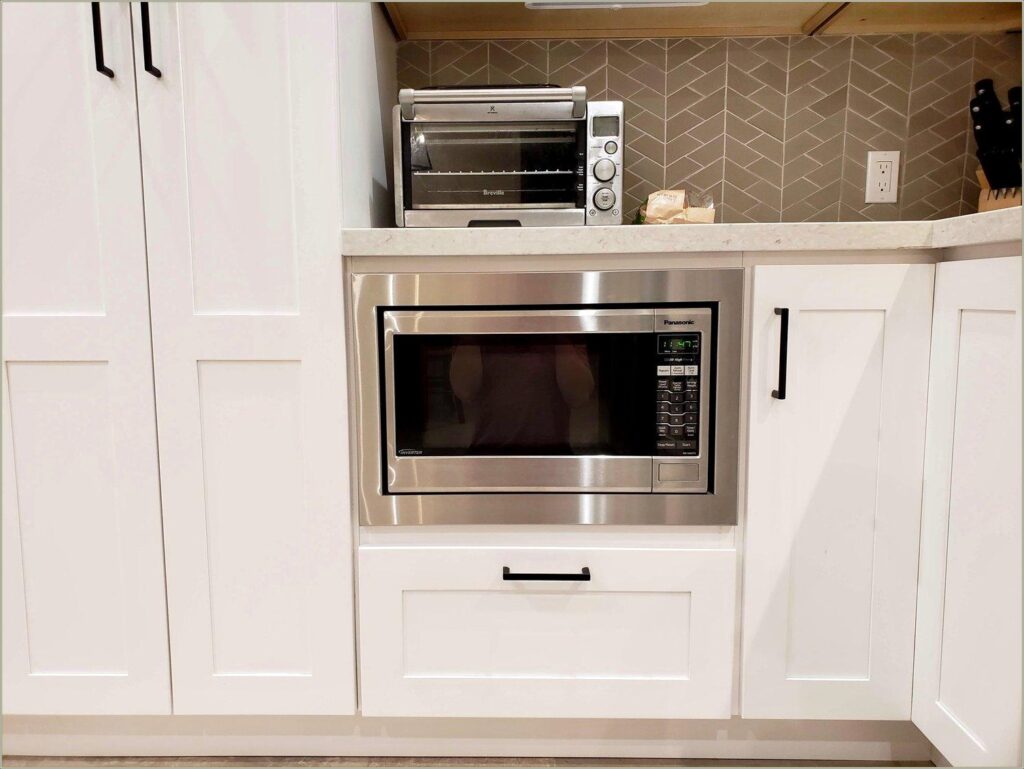
Tools and Materials:
- Screwdriver (Phillips and flathead)
- Level
- Measuring tape
- Drill with appropriate drill bits
- Electrical tester
- Safety glasses
- Work gloves
Step-by-Step Installation (General Guidelines):
- Turn off the power: Before commencing any work, always turn off the power to the circuit that will supply the microwave.
- Prepare the cabinet opening: Ensure the cabinet opening is the correct size and shape to accommodate the microwave.
- Secure the microwave: Carefully position the microwave and secure it to the cabinet using the appropriate mounting brackets and screws.
- Connect the wiring: Connect the microwave to the power supply using the correct wiring configuration. This step should only be undertaken by someone familiar with electrical wiring. Incorrect wiring poses a serious electrical shock hazard.
- Test the installation: Turn on the power and test the microwave to ensure that it is functioning correctly.
Maintaining Your Built-In Microwave: Tips and Tricks
Regular maintenance is key to ensuring your built-in microwave continues to perform optimally and extends its lifespan. Simple cleaning and care practices can go a long way.

Cleaning:
Regularly wipe down the interior and exterior of your microwave using a damp cloth. For stubborn spills or stains, use a mild detergent solution. Avoid abrasive cleaners or scouring pads that could scratch the surface.
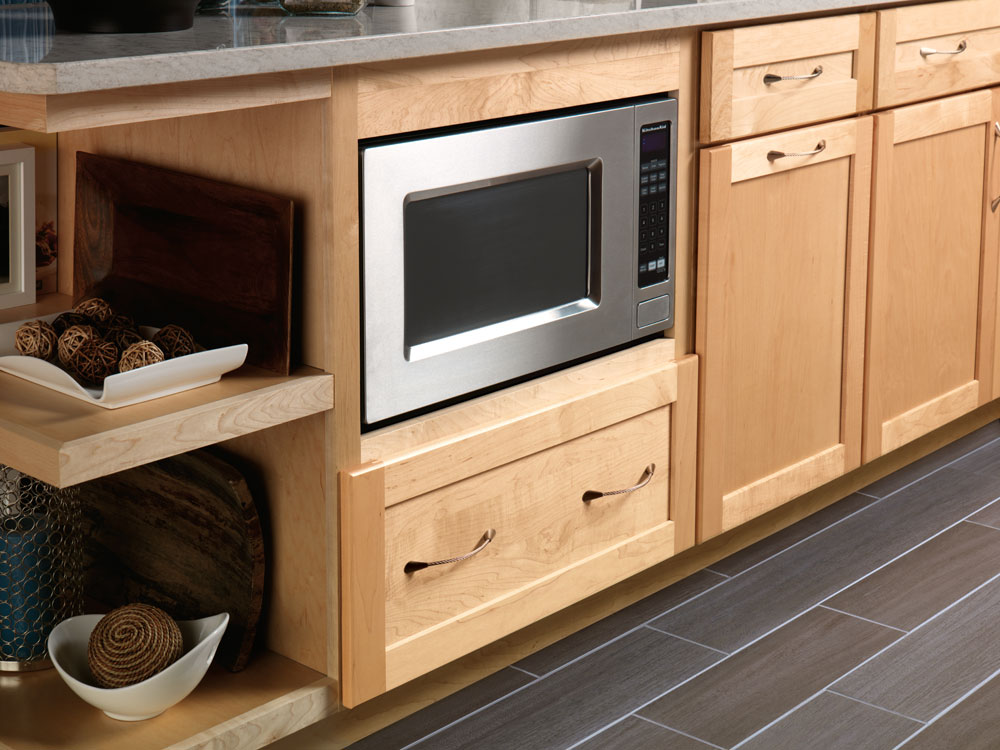
Ventilation:
Keep the vents and exhaust system free from dust and debris to ensure optimal ventilation.
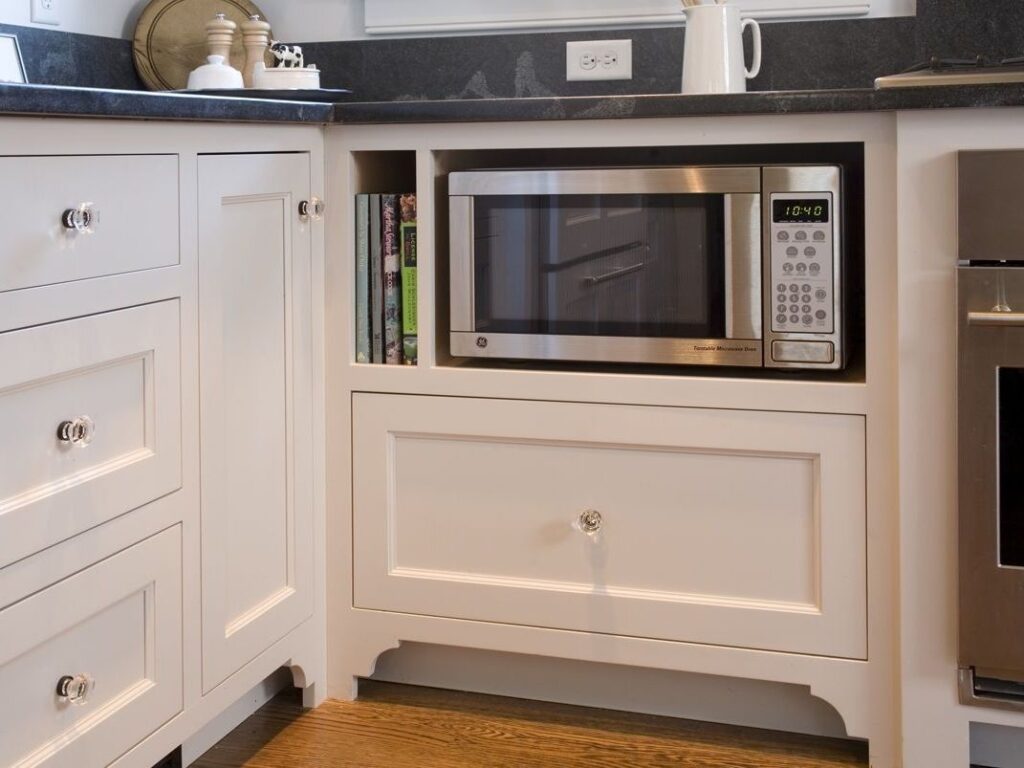
Troubleshooting:
If you encounter any problems with your built-in microwave, consult the owner’s manual for troubleshooting tips. If you are unable to resolve the issue, contact a qualified repair technician.
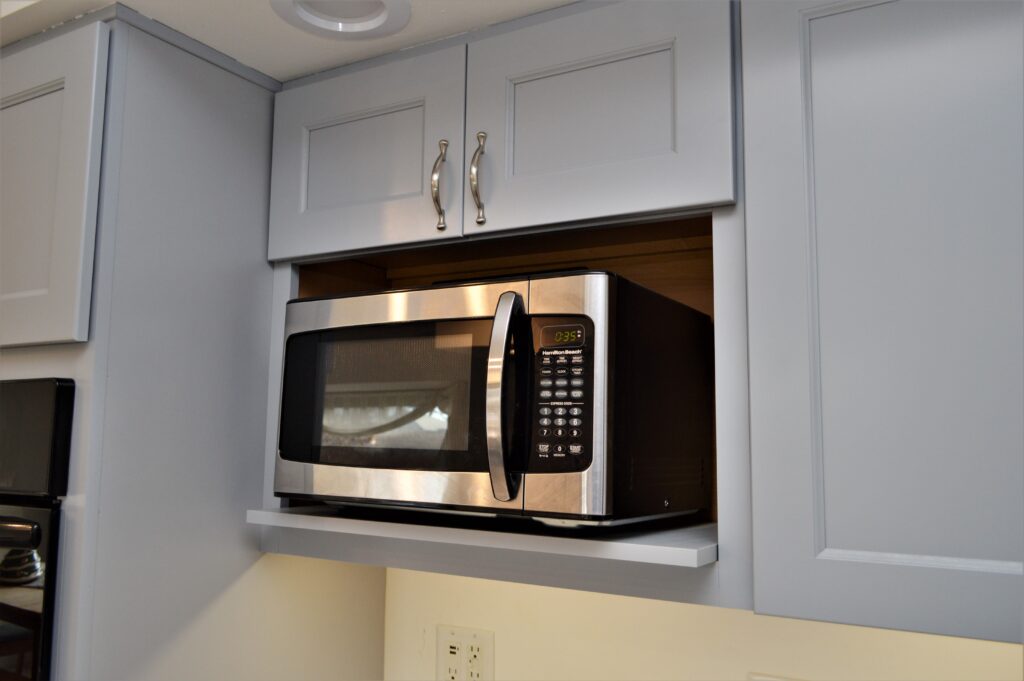
Conclusion: Elevating Your Kitchen with Built-In Microwave Cabinetry
Built-in microwave cabinetry offers a combination of style, functionality, and efficiency that is hard to beat. By carefully considering design elements, selecting the right microwave model, and following proper installation and maintenance procedures, you can transform your kitchen into a more organized, stylish, and enjoyable space. Remember to prioritize safety throughout the installation process and always seek professional assistance if needed. With careful planning and attention to detail, your built-in microwave can seamlessly integrate into your kitchen design, enhancing both its aesthetic appeal and practicality for years to come.
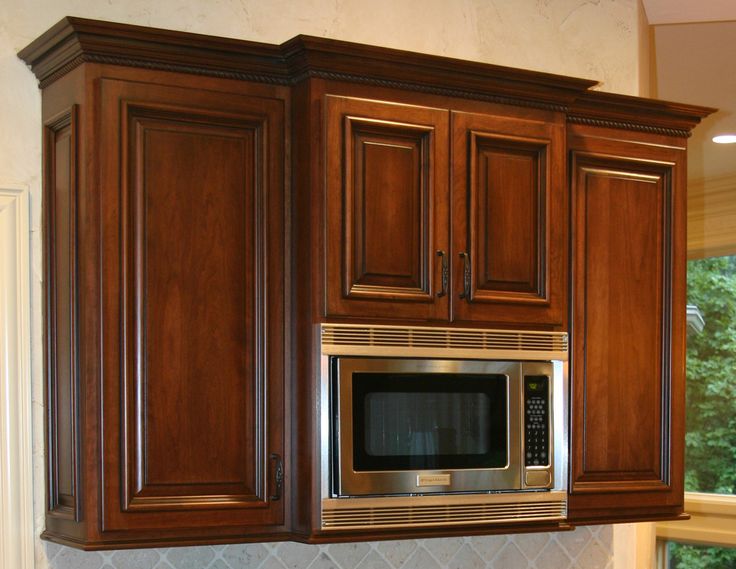
 Nimila
Nimila

